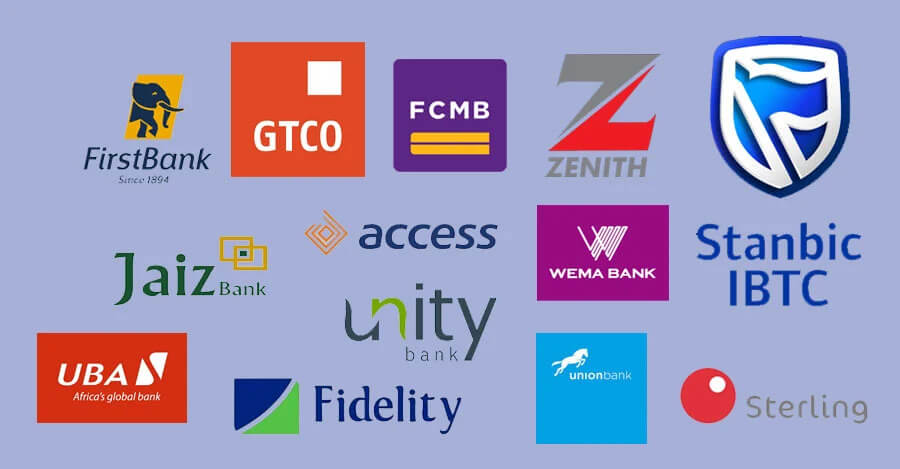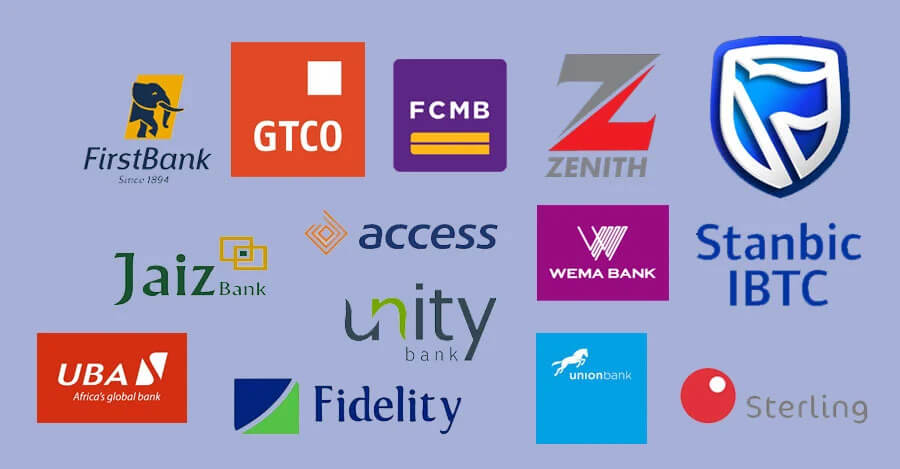Banks Lending To Nigeria’s Economy To Rise By 24%—Analysts

Financial analysts at BMI, a Fitch Solutions company, have projected Nigerian banks’ loan growth at 24 per cent by the end of 2025, a significant slowdown from the 50 per cent growth anticipated by the close of 2024.
While the outlook remains robust, the growth rate will be tempered by a combination of macroeconomic factors and regulatory changes.
As of September 2024, the Nigerian banking sector’s loan portfolio has closely tracked its asset growth, with foreign currency-denominated loans accounting for 38.1 per cent of the total loans.
This proportion has been heavily influenced by the steep depreciation of the naira, which has inflated the value of foreign-denominated loans.
However, analysts believe that the continued depreciation of the naira is unlikely to provide the same level of boost to foreign currency loans in 2025, as the currency stabilizes.
BMI analysts foresee that the broader economic environment will offer support for loan growth, citing a slight recovery in GDP growth and an anticipated reduction in inflation.
These factors, combined with expectations of interest rate cuts by the Central Bank of Nigeria (CBN) in 2025, are expected to stimulate credit demand and bolster loan growth across the banking sector.
However, analysts caution that several challenges lie ahead for Nigerian banks, primarily stemming from recent regulatory changes.
The CBN has recently imposed higher capital requirements for banks, which will require lenders to bolster their capital buffers. While this move is aimed at strengthening financial stability in the long run, it may constrain banks’ lending capabilities in the short term, particularly for smaller institutions.
According the analysts, in addition, the high cash reserve ratio (CRR) of 50 per cent, which mandates banks to hold a substantial portion of their deposits with the CBN, will divert resources away from lending to the private sector. This further limits the availability of credit and may slow the pace of loan growth.
The banking sector in Nigeria has also faced ongoing pressure to maintain adequate capital levels. The capital adequacy ratio (CAR) has been trending downward in recent years, standing at 12.5 per cent as of Q2 2024.
They noted that the CBN’s decision to increase the minimum capital requirements for banks in March 2024 is expected to bolster capital buffers, with many larger banks already meeting or on track to meet these new requirements through fresh equity injections and strategic mergers and acquisitions.
According to them, this regulatory shift is anticipated to lead to increased consolidation within the banking sector, particularly among smaller, third-tier banks.
Heritage Bank has already been the first casualty of the new capital requirements, collapsing as a result. In response, the CBN approved its first bank merger under the new rules in August 2024, between Providus Bank and Unity Bank, a sign of the increasing trend of mergers and acquisitions (M&A) expected in the coming months.
The analysts believe that these strategic mergers will help improve the capital positions of Nigerian banks, ensuring they are better equipped to weather future economic challenges and maintain stability in the face of external and domestic pressures.
With these adjustments, Nigerian banks are expected to emerge from this period of regulatory tightening in a stronger position to support economic growth.
While loan growth in Nigeria is set to slow in 2025, the banking sector’s outlook remains positive, with an emphasis on strengthening capital buffers and adapting to the evolving regulatory landscape.
Banks Lending To Nigeria’s Economy To Rise By 24%—Analysts is first published on The Whistler Newspaper





